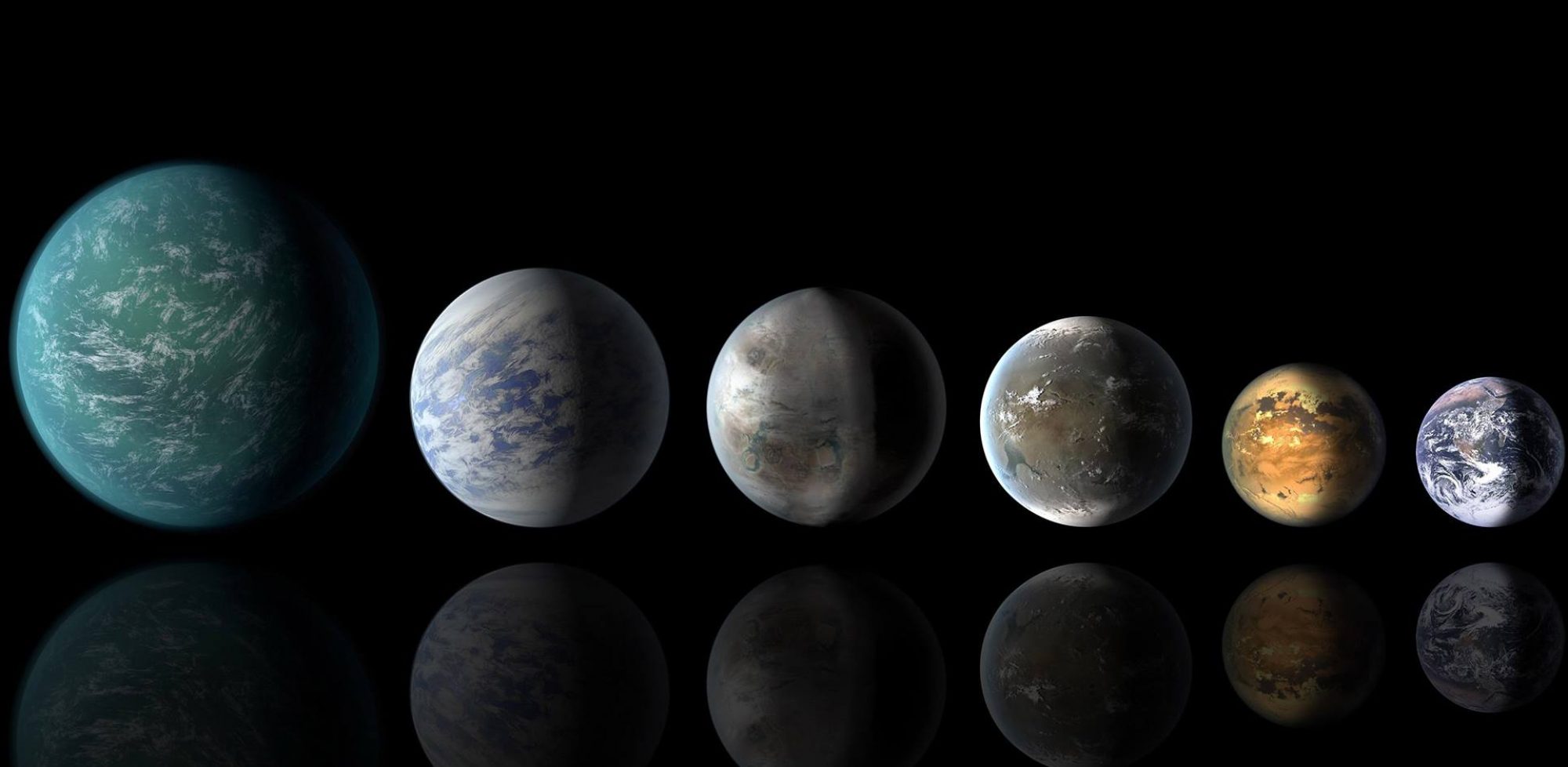Sometimes relics from the past help put the present into better focus.
Recovered footage of a 1900 total eclipse of the sun — believed to be the first captured — has been scanned, restored and then reassembled and retimed frame by frame to create a memorable and kind of spooky look at early astronomy. The film was found at the Royal Astronomical Society in London, reconstructed by the British Film Institute and made public this week.
As explained in a release from the two societies, the film was taken by one Nevil Maskelyne, a British magician, card sharp, levitator and more turned pioneering filmmaker and astronomer.
The eclipse was captured during an expedition to North Carolina with the British Astronomical Association. As the release explained, at the time magic, the paranormal and science often fit comfortably together, and the emerging film industry was a tool for all and an instigator of invention.
“It was not an easy feat to film,” the release reports. “Maskelyne had to make a special telescopic adapter for his camera to capture the event. ”
The North Carolina expedition was Maskelyne’s second attempt to film a solar eclipse, but the only one to have survived — though it was also considered lost for decades. He also had traveled to India in 1898 to photograph the phenomenon and apparently succeeded, though his film can was said to be stolen on the way home.

Compelling on its own, the footage also conveniently provides an exaggerated and instructive example of the primary technique now used to discover distant exoplanets: the “transit” method invented a century after Maskelyne filmed his eclipse.
But unlike what occurs a full solar eclipse, when the moon blots out the sun as viewed from Earth, the transit method measures the light from a host star to determine whether it dips ever so slightly — a sign that a planet is blocking some of the star’s light.
There are, of course, no total eclipses from transiting exoplanets because the planets are so much smaller than the suns. But you get the idea.
You perhaps also get the idea that there has long been a certain showmanship in the display of astronomical wonders. Space agencies certainly understand that and — with some turning of the nobs to make astronomical phenomenon appear in ways our eyes can take them in most dramatically — have created some of the most majestic and magical images of our times.

Now back to 1900.
Maskelyne, who lived from 1839 to 1917, was an English stage magician and illusionist — said to be good enough that some of his tricks created with two other noted escapologists,are still performed today.
His book, “Sharps and Flats: A Complete Revelation of the Secrets of Cheating at Games of Chance and Skill” is considered a classic overview of card sharp practices. In 1914 he founded the a group, the Occult Committee, with the goal of investigating “claims to supernatural power and to expose fraud”.
He is also deemed the inventor of the pay toilet.

But along the way, he became fascinated by astronomy and became a fellow of the Royal Astronomical Society. His goal was to show that the emerging film industry could be used for the advancement of science. The eclipse film forms part of the astrophotography collection of the Royal Society.
When Maskelyne was active in his magic/illusionist/science work, he performed at what was called the Egyptian Hall in Piccadilly Circus in London. He and his collaborators entertained and wowed the public there for 31 years, no doubt showing the eclipse film at the site.
That building was demolished long ago, but the footage will be shown today (May 31) again at Piccadilly, but this time on the screen of the Royal Astronomical Society headquarters.
The president of the Royal Astronomical Society, Michael Cruise, said of the newly restored eclipse footage: “Astronomers are always keen to embrace new technology, and our forerunners a century ago were no exception.
These scenes of a total solar eclipse — one of the most spectacular sights in astronomy — are a captivating glimpse of Victorian science in action.”
Commenting on the news of this recent rediscovery, Bryony Dixon, British Film Institute silent film curator added: “Early film historians have been looking for this film for many years. Film, like magic, combines both art and science. This is a story about magic; magic and art and science and film and the blurred lines between them.”
“Maskelyne wanted a novelty to show at his magic theater,” he said, “and what better than the most impressive natural phenomenon of them all.”
Well, one of the most impressive.
